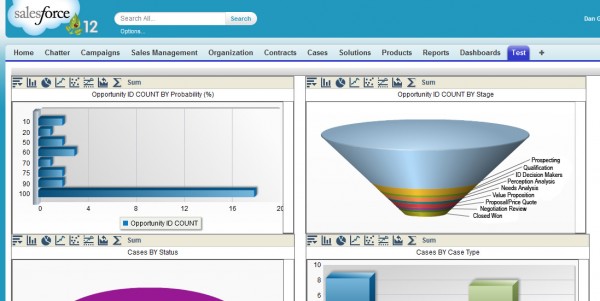
Marketers often use key performance indicators (KPIs) to measure the effectiveness of their efforts. KPIs are metrics that help analyze and report on website and marketing campaign performance. Leads and sales are deep KPIs that also demonstrate a return on investment. When determining whether you should track lead generation versus sales, you will need to understand your sales process to make an appropriate determination.
Not all organizations can use sales as a KPI. Some sales cycles are too complex, interconnected, or long for a single web transaction. B2B sales cycles, for example, are often longer than B2C and require a more immediate metric to determine the effect of a campaign. Leads are perfect for many such organizations. Generating a lead is a major step toward completing a sale.
A lead is a demonstration of interest in a brand, product, or service. A prospect who has encountered a brand or message and decided to provide their contact information in exchange for content or an offer (whitepaper, demo, or pricing information) can be considered a lead.

Above is an image of a Salesforce CRM report. The sales lifecycle can be tracked using an enterprise CRM or a marketing automation system--most often in combination with both. Simple KPIs can be measured with a web analytics tool like Google Analytics. For closed-loop marketing, there are tools that help close the gap between website activity and activity within the sales process. These tools are commonly referred to as marketing automation systems--examples include Hubspot or Marketo. Marketing automation can help with up-sell activity and post-sale customer engagement as well as pre-sale.
by Jonathan Franchell, CEO of Ironpaper - For more tips and hacks: Need to remove a new line after h1 tags? Both web designers and SEO practitioners need to employ headline tags: H1, H2, H3 in several ways to improve web page structure and tag...

The Crowded Arena of the IT Marketplace Updated December 2024 The Information Technology (IT) landscape is experiencing rapid growth and intensifying competition. IT spending is projected to reach nearly 5.1 trillion U.S. dollars in 2024, a...

Updated December, 2024 The field of digital marketing is evolving rapidly in response to new technology and changing buyer expectations. To help career-minded marketers, we’ve rounded up the top 10 skills needed to succeed in the field. These are...

The marketing industry is transforming significantly due to generative AI and increasing market complexity. Gartner's prediction of a 25% decline in traditional search traffic suggests that the era of search engines is dying. AI tools, particularly...
